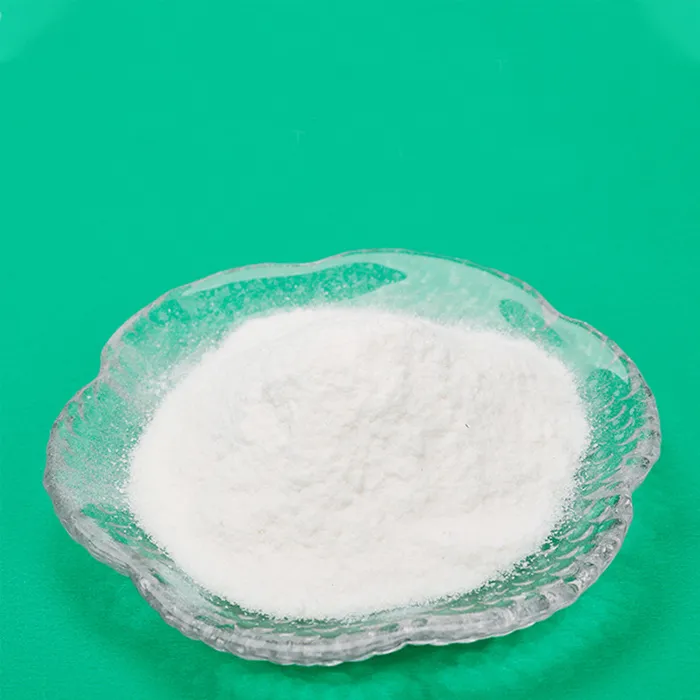Understanding Highly Potent Active Pharmaceutical Ingredients (HPAPIs)
In the realm of pharmaceutical development, the quest for more effective treatments often leads researchers and manufacturers to the development of highly potent active pharmaceutical ingredients (HPAPIs). These substances play a crucial role in the formulation of modern medicines, particularly in the treatment of cancer and other serious conditions that require targeted therapeutic approaches. As the demand for HPAPIs continues to rise, so too does the need for a comprehensive understanding of their characteristics, manufacturing processes, and regulatory considerations.
Definition and Characteristics
Highly potent active pharmaceutical ingredients are defined by their ability to exhibit therapeutic effects at very low doses, typically measured in micrograms or even nanograms. This potency can result in significant therapeutic benefits, allowing for lower doses to exert the desired effects, which is a crucial factor in drug formulation. However, this high level of potency also poses challenges in handling and processing, necessitating specialized manufacturing environments and stringent safety measures.
HPAPIs are often used in oncology, immunotherapy, and other specialized therapeutic areas. For instance, monoclonal antibodies and small molecule drugs designed to target specific cancer cells fall into this category. The increasing prevalence of chronic diseases worldwide has spurred an upsurge in research and development activities surrounding HPAPIs, further emphasizing their importance in the pharmaceutical landscape.
Manufacturing Challenges
The production of HPAPIs is a complex endeavor that involves advanced technologies and strict compliance with regulatory guidelines. The manufacturing processes must minimize the risk of exposure to personnel, the environment, and the product itself. This includes implementing containment strategies, such as isolators,Restricted Access Barrier Systems (RABS), and advanced cleanroom technologies.
The synthesis of HPAPIs often requires sophisticated chemical processes to ensure purity and yield. Key considerations during manufacturing include optimizing reaction conditions, controlling the chiral outcome of reactions, and managing potential impurities that can arise during synthesis. Each of these factors is critical in assuring the quality and efficacy of the final pharmaceutical product.
highly potent active pharmaceutical ingredients

Regulatory Landscape
Given their potency, HPAPIs are subjected to rigorous regulatory scrutiny. Regulatory bodies such as the U.S. Food and Drug Administration (FDA) and the European Medicines Agency (EMA) have established guidelines to ensure the safety and efficacy of products containing HPAPIs. Manufacturers must adhere to Good Manufacturing Practices (GMP) and conduct thorough risk assessments to evaluate potential exposure and environmental risks.
Furthermore, regulatory requirements often demand extensive documentation and validation processes throughout the entire lifecycle of the product. This includes preclinical studies, clinical trials, and post-marketing surveillance to monitor the drug's safety and efficacy in the market.
Future Trends
As the pharmaceutical industry evolves, several trends related to HPAPIs are emerging. The shift towards personalized medicine, for instance, is propelling the development of more targeted therapies that often utilize HPAPIs. Advances in biotechnology and nanotechnology are also playing a significant role in enhancing the delivery and effectiveness of these potent compounds.
Additionally, as the global market demand for HPAPIs increases, there is a growing interest in outsourcing manufacturing processes to specialized Contract Manufacturing Organizations (CMOs). These companies possess the expertise and infrastructure required to handle HPAPIs safely and effectively, allowing pharmaceutical companies to focus on research and development.
Conclusion
Highly potent active pharmaceutical ingredients are at the forefront of modern drug development, providing innovative solutions for challenging diseases, particularly in oncology and specialty therapies. However, their inherent complexities in manufacturing and regulatory compliance necessitate a meticulous approach to ensure safety, efficacy, and quality. As the pharmaceutical landscape continues to change, the importance of HPAPIs will likely grow, demanding ongoing attention from researchers, manufacturers, and regulators alike. By fostering collaboration and advancing technologies, the industry can continue to harness the potential of HPAPIs to improve patient outcomes around the globe.

